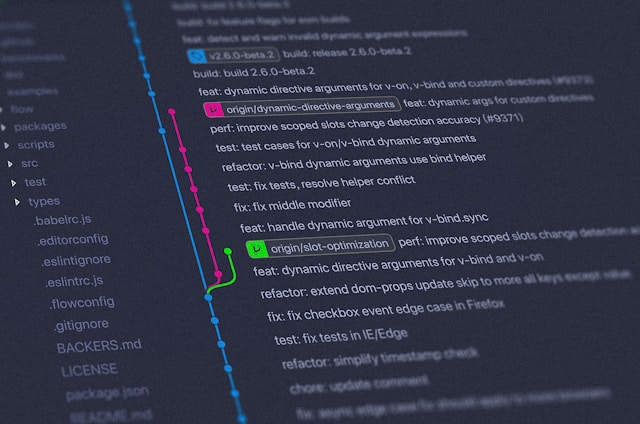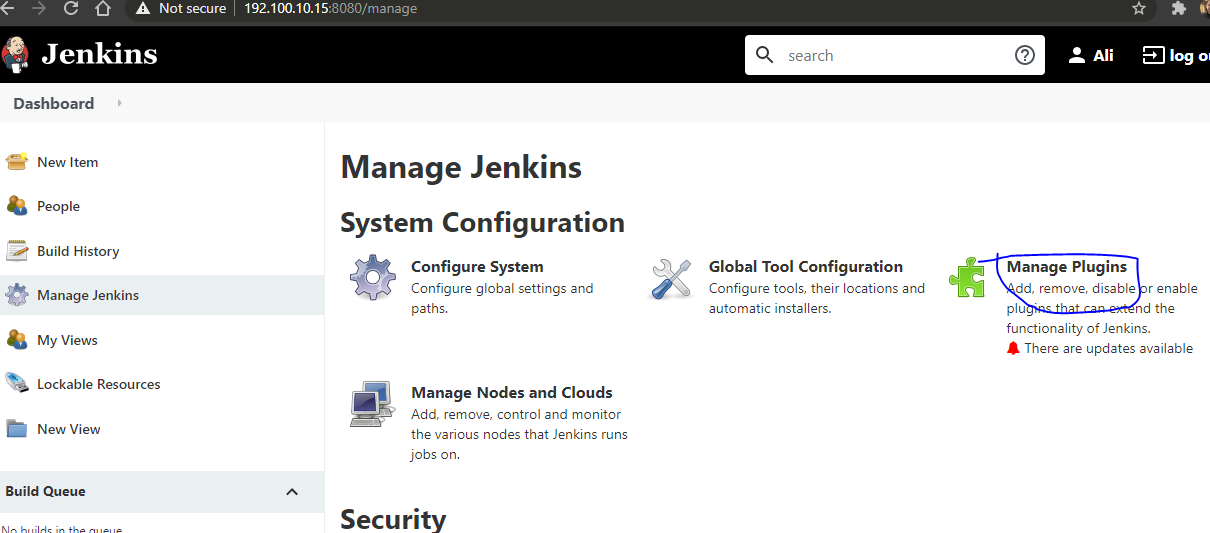In this guide, we have covered basic Kubernetes commands for managing deployments, updating images, rolling back deployments, and viewing resources. We also explored how to configure an EKS cluster and set up Role-Based Access Control (RBAC) to secure your cluster. By understanding these concepts and commands, you will be well-equipped to manage and maintain Kubernetes clusters in a production environment.
Tag: Jenkins
DevOps for IT Professionals – A Comprehensive Guide
This guide covers the essential aspects of DevOps, from foundational principles to advanced Kubernetes commands and configurations. By understanding and utilizing these concepts and tools, IT professionals can significantly enhance their DevOps practices, leading to more efficient, reliable, and secure software delivery processes.
Jenkins, an Autonomous Java-based Application
The installation and configuration of Jenkins on a Linux server necessitate the presence of Java. Following a structured sequence of commands, Java is first installed, then Jenkins is downloaded and set up. Post-installation, accessing the server involves retrieving the initial administrative password for further configuration.
Create Backup Project Using Jenkins
Establishing a backup project in Jenkins involves crafting a script to generate periodic backups from a specified directory. This entails creating TAR archives with timestamped filenames to prevent overwriting. By configuring periodic builds and scheduling them using cron-like expressions, Jenkins facilitates automated backup operations.






